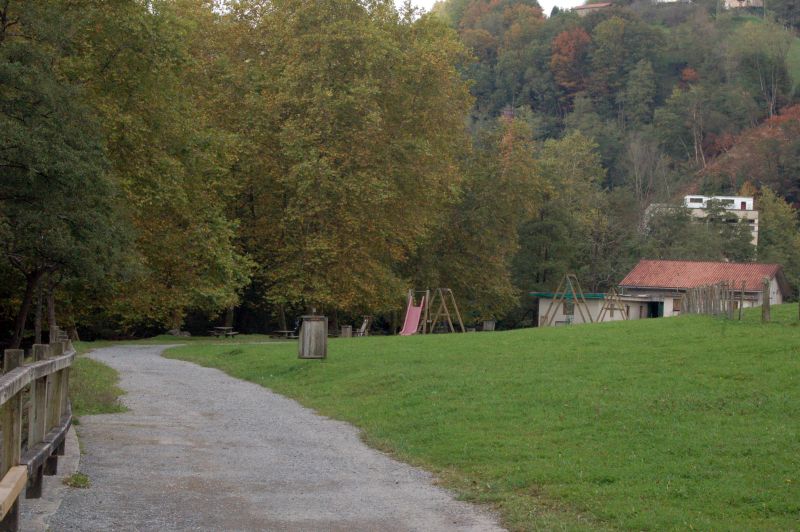
Puntos de Interés

Vegetation
The Garafía Coast
The Garafía coast, located on the island of La Palma, is a protected area of 3,475.35 ha belonging to the Natura 2000 Network, as a Spatial Conservation Area (SCA), which is managed to balance human development and the conservation of natural habitats and species.
This rocky coastal area, exposed to the waves, is home to reefs and underwater caves, which are home to such important species as the yellow sea millet (Gongolaria abies-marina), a brown seaweed that inhabits the Canary Islands coastline.
Reefs, whether geological or biogenic in origin, are home to diverse benthic communities, i.e. organisms living in, or on the bed of, a body of water. These organisms can be plants, animals or micro-organisms that are adapted to live in direct contact with the bottom substrate. Benthic species may be found attached to hard surfaces, buried in the sediment or remain mobile at the bottom. This group of organisms plays a crucial role in aquatic ecosystems, as they contribute to nutrient cycles, form part of food chains and are involved in key processes such as the decomposition of organic matter. Underwater caves, where a variety of invertebrates and nocturnal fauna take refuge, are also common.
The careful management of the SAC seeks to preserve this unique ecosystem and its biodiversity, which is why the protection of this area limits fishing activity, benefiting fish communities and other species of interest such as the loggerhead turtle(Caretta caretta), currently in danger of extinction. This turtle is an omnivorous species that uses the Canary Islands as a feeding and development site. Another species that inhabits this area is the bottlenose dolphin(Tursiops truncatus), which lives in these waters all year round due to the wide variety of food it finds along the Garafía coast, which is why it is possible to see it in small groups.


